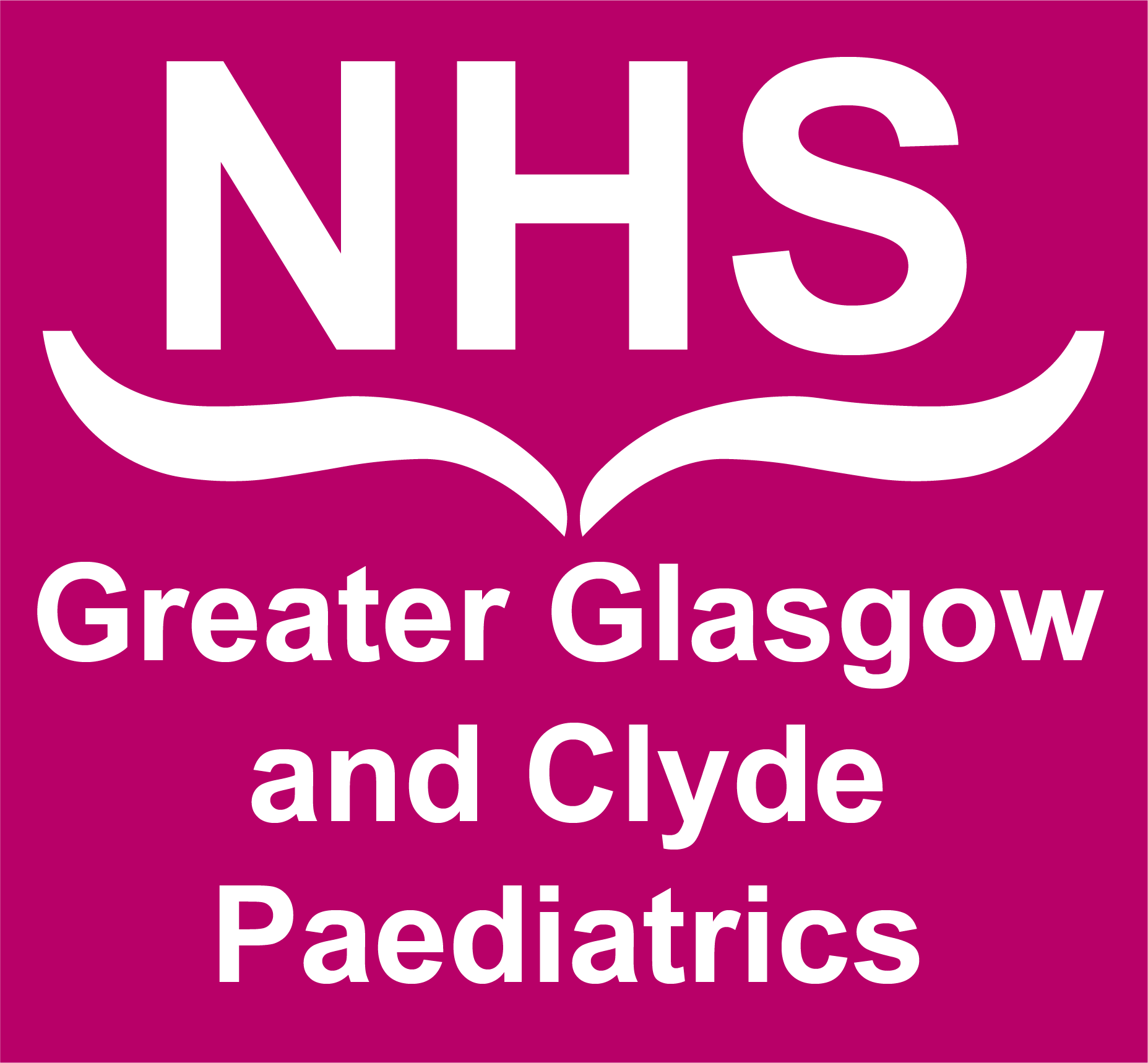Postnatal management of infants born to parents affected by LQT syndrome

Infants born to parents affected by long QT syndrome
LQTS is associated with an increased risk of sudden death and presence of an unequivocally pathogenic alteration in one of the LQTS genes is considered diagnostic (1). Prevalence of LQTS-induced sudden infant death syndrome (SIDS) ranges from 3.9 to 20.6% in recent studies (2). Infants born to families where one parent is affected by LQTS have a 50% chance of inheriting a pathogenic LQTS gene alteration and are at risk of SIDS. Early diagnosis of LQTS in infants allows timely and potentially life-saving treatment, support for families and good communication.
For all infants born to parents with established LQTS diagnosis (mother or father), detailed family history, maternal medication (Nadolol, in particular) and intention to breastfeed should be recorded in the infant’s notes, an ECG should be performed and Paediatric Cardiology inpatient consultation arranged by contacting Paediatric Cardiology Registrar on call on 0141 452 4440 (DECT 84440) prior to discharge home. Most patients will require at least one Paediatric Cardiology clinic follow up appointment. Arrangements should be documented in infant’s medical record and neonatal discharge letter. Issues to consider include: a) interpretation of first postnatal ECG and follow up arrangements for a repeat an ECG at a few weeks of age, b) requirement for beta-blockers, and c) requirement for monitoring for bradycardia / hypoglycaemia if beta-blocker exposure in utero / during breastfeeding.
In-utero beta-blocker exposure
Neonates exposed to beta-blockers in utero may be at risk for postnatal symptoms of drowsiness, hypotension and hypoglycemia (4). Screen neonates for hypoglycemia as per West of Scotland Neonatal Guideline for preterm and term infants.
Genetic testing
Predictive genetic testing should be offered to all families with a known pathogenic or likely pathogenic variant in one of the LQTS genes. Referral can be made by email to GeneticsReferrals@ggc.scot.nhs.uk. This should ideally be discussed at antenatal appointment and a plan documented in notes. If planned, cord or neonatal venous blood (3-5 ml EDTA sample) can be sent directly to the genetics laboratory along with a maternal sample; results can take 4-6 weeks and will be communicated to the baby’s parents and the relevant Paediatric Cardiologist by the genetics team. If no antenatal plan for genetic testing was made, this should be considered as part of the postnatal Paediatric Cardiology review and referral made as soon after birth as possible.
Breastfeeding
Beta‑blockers are excreted in small amounts in breast milk. Few adverse effects have been reported and it is accepted to be generally safe. Nadolol is one of the beta-blockers with most extensive secretion in breastmilk (5). Studies of nadolol in neonates have demonstrated a significantly shorter half-life than in older children and adults (6). Depending on weight and dose, breast-fed neonates would be estimated to receive between 0.3 -1x the therapeutic dose for their age group. Beta-blockade will be indicated in some of these infants if clinical LQTS is suspected or diagnosed while the results from genetic testing are awaited.
An individualized discussion about breast-feeding will form part of the pregnancy care plan. Some low-risk patients established on nadolol who plan to breastfeed may wish to switch to propranolol/bisoprolol for the duration of breastfeeding, with monitoring of QTc after the switch. Other patients should be advised to remain on nadolol as the benefit to them likely outweighs any risk to the baby.
Neonates born to mothers on nadolol will be monitored for hypoglycaemia following beta-blocker exposure in utero per protocol and regardless of breast-feeding status. Requirements for additional monitoring based on beta-blocker exposure through breastmilk will be determined at the neonatal Paediatric Cardiology review.

